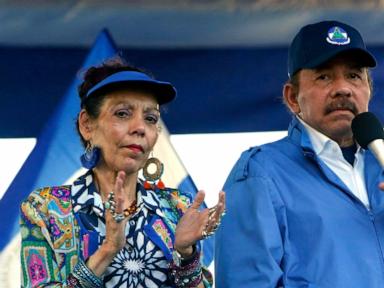ARTICLE AD BOX

- Brazil’s Central Bank defines new 2026 operational rules for all virtual asset service providers (VASPs).
- New VASPs must meet traditional finance standards for governance, compliance, and client protection.
The Central Bank of Brazil (BCB) has solidified its regulatory framework for crypto assets with the publication of three resolutions. These rules, which will take effect on June 2, 2026, detail the conditions for operating in the sector and assign a specific classification to stablecoins, integrating their use into the framework for international exchange.
Resolutions BCB nº 519, 520, and 521 form the foundation of the new supervisory scheme. Resolution nº 519 defines the figure of the Virtual Asset Service Provider (VASP) and establishes operational requirements.
Banco Central regulamenta o uso de ativos virtuais e o funcionamento e a autorização das instituições que atuam nesse mercadohttps://t.co/USHJNe602H
— Banco Central BR (@BancoCentralBR) November 10, 2025
These institutions, whether traditional financial entities or companies created exclusively for this purpose, must comply with rules for governance, internal control, and procedures against money laundering and terrorist financing. Their operation as intermediaries, custodians, or brokers requires a guarantee of transparency and client protection.
The authorization process for these providers is detailed in Resolution nº 520. This norm updates the criteria applicable to financial segments and sets deadlines for existing companies in the sector to adapt to the Central Bank’s requirements.
The Direct Impact on Stablecoins and International Transactions
Resolution nº 521 creates a substantial change by classifying operations with virtual assets as part of the foreign exchange and international capital markets. Activities such as international payments, transfers to self-custodied wallets, and conversions between fiat currencies and crypto assets fall under this category. In practice, transactions with stablecoins like USDT, USDC, BRZ, and BRLV are equated to traditional foreign exchange operations.
“We will not accept these virtual assets (stablecoins) whose collateral control is algorithmic. We have had some recent cases where stablecoins did not prove to be effectively functional,” Gilneu said at a press conference today (10).
This measure means that international payments or remittances made with stablecoins are subject to the same limits and identification requirements. The rule sets an operational cap of 100,000 dollars per transaction when the counterparty is not a registered financial institution. Companies must implement processes to verify the origin and destination of funds, in addition to reporting data to the Central Bank.
A BCB executive, Gilneu, specified that stablecoins with algorithmic collateral control will not be accepted, citing previous cases where these assets did not prove functional.
The Consolidation of the Legal Framework and its Effects on the Market
The publication of these resolutions represents the final stage of a process that began with Law nº 14,478/2022 and continued with Decree nº 11,563/2023, which designated the Central Bank as the sector’s authority. The public consultations numbered 97/2023, 109/2024, 110/2024, and 111/2024 have now resulted in regulation with concrete deadlines and obligations.
.png)
 7 hours ago
2
7 hours ago
2








 English (US)
English (US)